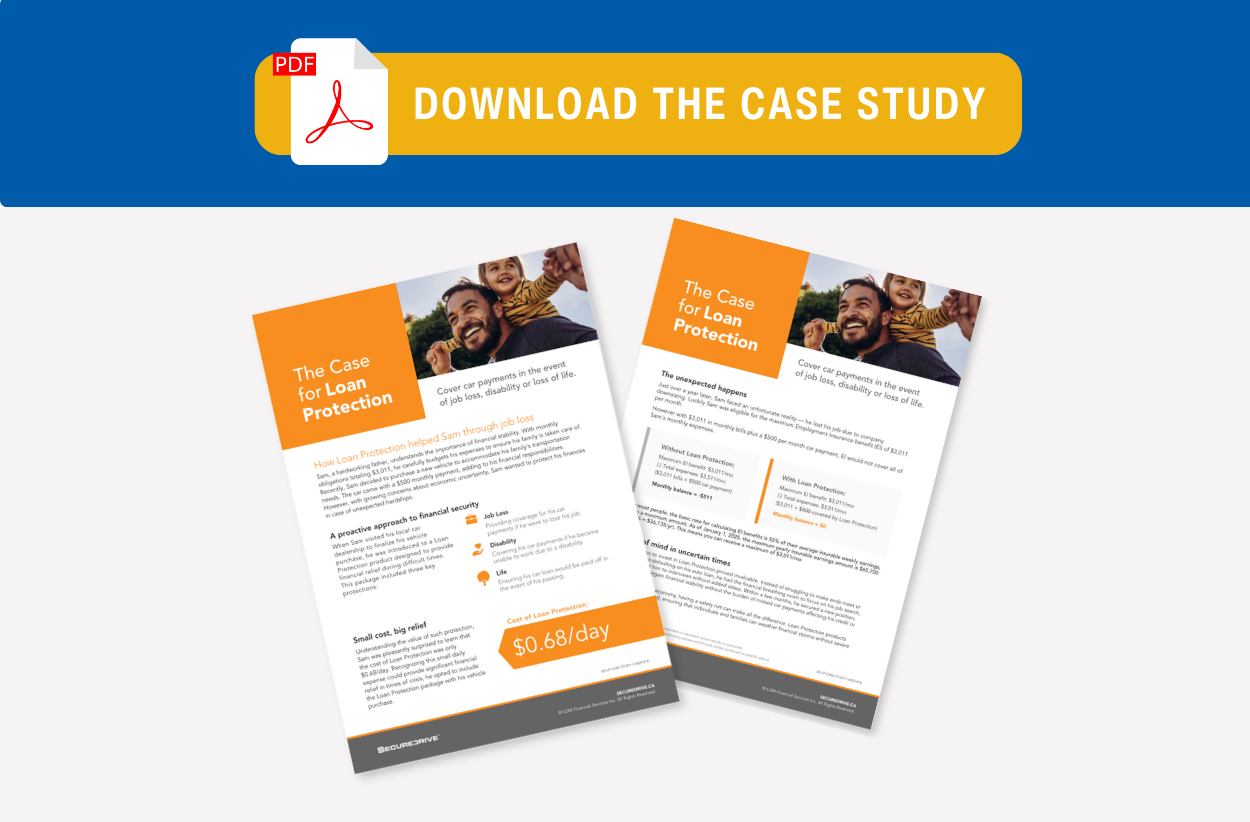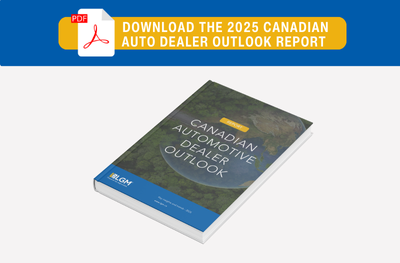The 2018 Insurance-Canada.ca Technology Awards conference was held in Toronto this year, and LGM was proud to attend as a finalist for our innovation with the LGM HUB – an agile information software system that supports the sale and administration of finance and insurance (F&I) products for leading OEMs and over 1,300 dealerships across Canada.
In addition to being awarded second runner up for the People’s Choice Award, we gained invaluable insight into the future prospects of the insurance industry. Here are our four key takeaways:
Millennials’ influence on the insurance industry continues to grow
Millennials – they’re tech-savvy digital natives, but also the most disloyal customer base. Opinions about this demographic are sweeping, but we’re inclined to follow through with optimism.
Alongside Baby Boomers, millennials made up 27% of the Canadian population in 2015 (Environic Analytics, 2015), demonstrating their influence when it comes to purchasing power and demand. Having matured during an era of digital innovation, they value immediacy and convenience, and are extremely resourceful when it comes to learning new software. They also desire digital interactivity at all touchpoints – in their eyes, haven’t touch screens and social media always been the norm? For businesses looking to appeal to this demographic, having an active digital presence is not an option.
Despite having more spending power than any preceding generation, millennials are the most underinsured generation. If this is a consequence of the digital gap, why hasn’t the insurance industry felt pressured to close it? Traditionally, insurance companies have found themselves preoccupied with adhering to regulatory legislation, meaning there are fewer resources that can be allocated to keeping up with technological innovations and changing consumer preferences. This imbalance may mean missing out on potentially successful and lucrative business opportunities.
Ownership experience and automobile technology are evolving
Car sharing and ridesharing have evolved as alternative modes of transportation. In fact, McKinsey recently reported that by 2030, one in ten cars sold will be a shared vehicle (McKinsey, 2016), with dense urban environments like New York and London being more embracing of the arrangement. Beyond car sharing, some sources claim that even car ownership itself is waning. Among millennials in particular, private-car ownership is taking a backseat, with the number of people with a driver’s license dropping from 76% in 2000, to 71% in 2013 (McKinsey, 2016).
Consumers are also demanding software competence in their vehicle of choice. In a world where data is at the wheel, predictive analytics and personalized solutions are at the forefront of consumers’ priorities. Car manufacturers have responded by experimenting with the likes of data mining, machine learning, and augmented reality, producing models that exploit technology to address serious concerns like driver safety and car collisions.
Autonomous vehicles are perhaps the most revolutionary automotive technology of them all, and we should expect to see more of them in the near future. Just last month, the state of California announced that they had started testing driverless cars in the absence of a human backup driver on public roads.
Integrate artificial intelligence for a competitive edge
Artificial intelligence (AI) can be a key competitive differentiator in insurtech, a term describing the future of intelligent insurance. The data-heavy nature of the insurance industry implies that insurance companies can benefit greatly from integrating this technology into their existing processes. Consider that some transaction and claims processing don’t require any human interaction at all. In such cases, AI stands to improve overall service quality as customers are reassured that their inquiries are being reviewed according to consistent parameters.
Chat bots are an example of AI – typically integrated into a website or mobile app to mimic human conversations. While their breadth of communication may be limited to answering general inquiries, the technology assumes a customer service support role, thereby alleviating the effort required by the human employee. What about fighting fraud? AI technology can help flag potentially fraudulent claims by analyzing data patterns. Again, no effort is required on the human’s part, unless of course the particular situation calls for it.
AI becomes extremely valuable to the insurance industry when it can generate insurance advice that’s catered to a customer’s specific needs. According to Salesforce, “two-thirds of customers say they’re likely to switch brands if they’re treated like a number instead of an individual, and 50% feel the same if the company doesn’t anticipate their needs,” (Salesforce, 2017). In an increasingly crowded market, value-added features like personalized solutions can deepen client relations through improved productivity and an enhanced customer experience.
Blockchain should be on your radar
Blockchain and cryptocurrencies are having their moment – there’s no doubt about it. Banks stand out as being the heaviest users of the technology, but that shouldn’t imply that the entire financial sector has been as quick to jump on the bandwagon. Blockchain has garnered partial attention from the insurance industry, but it has yet to fully latch on.
There are a number of business areas within the industry that could benefit significantly from blockchain, including fraud detection and prevention, claims prevention and management, product development, payment models, and reinsurance, just to list a few. However, in order to reap the long-term advantages of blockchain’s efficiencies, the insurance industry needs to act now and start considering the value proposition of investing in the technology.
We’re excited about the innovations that are shaking up the insurance industry, and are encouraged to observe them closely. As technology develops to disrupt, and consumer behaviours transform, we also look forward to seeing the ways in which LGM will continue to evolve.


